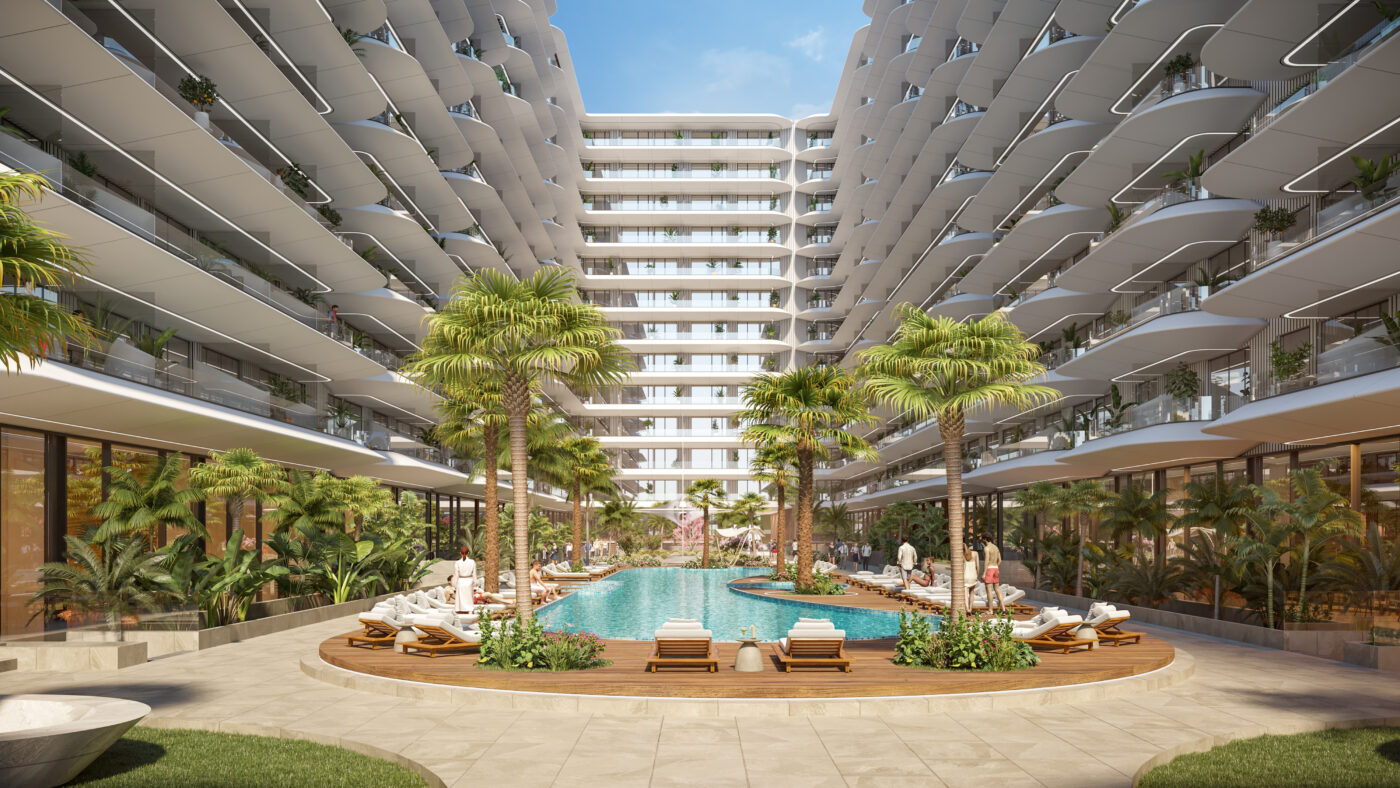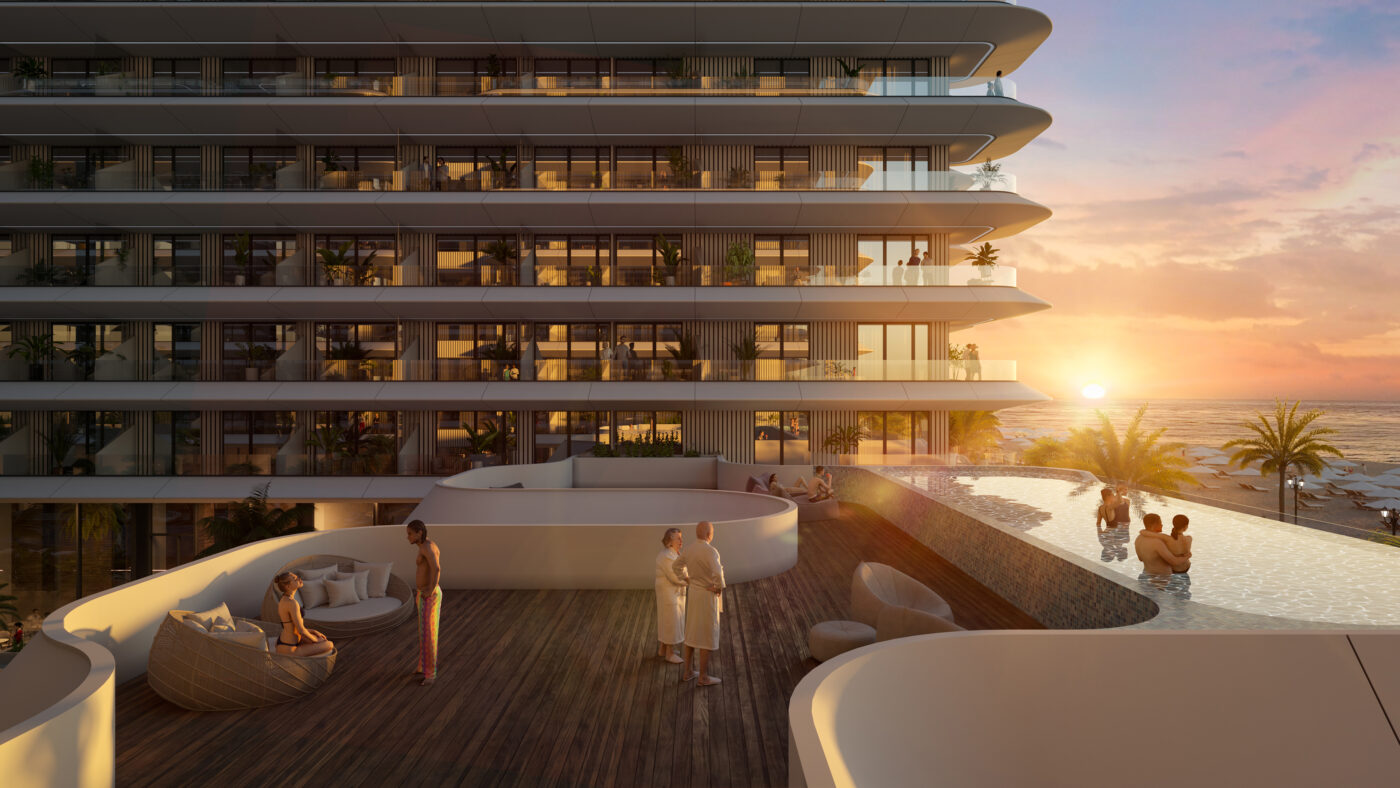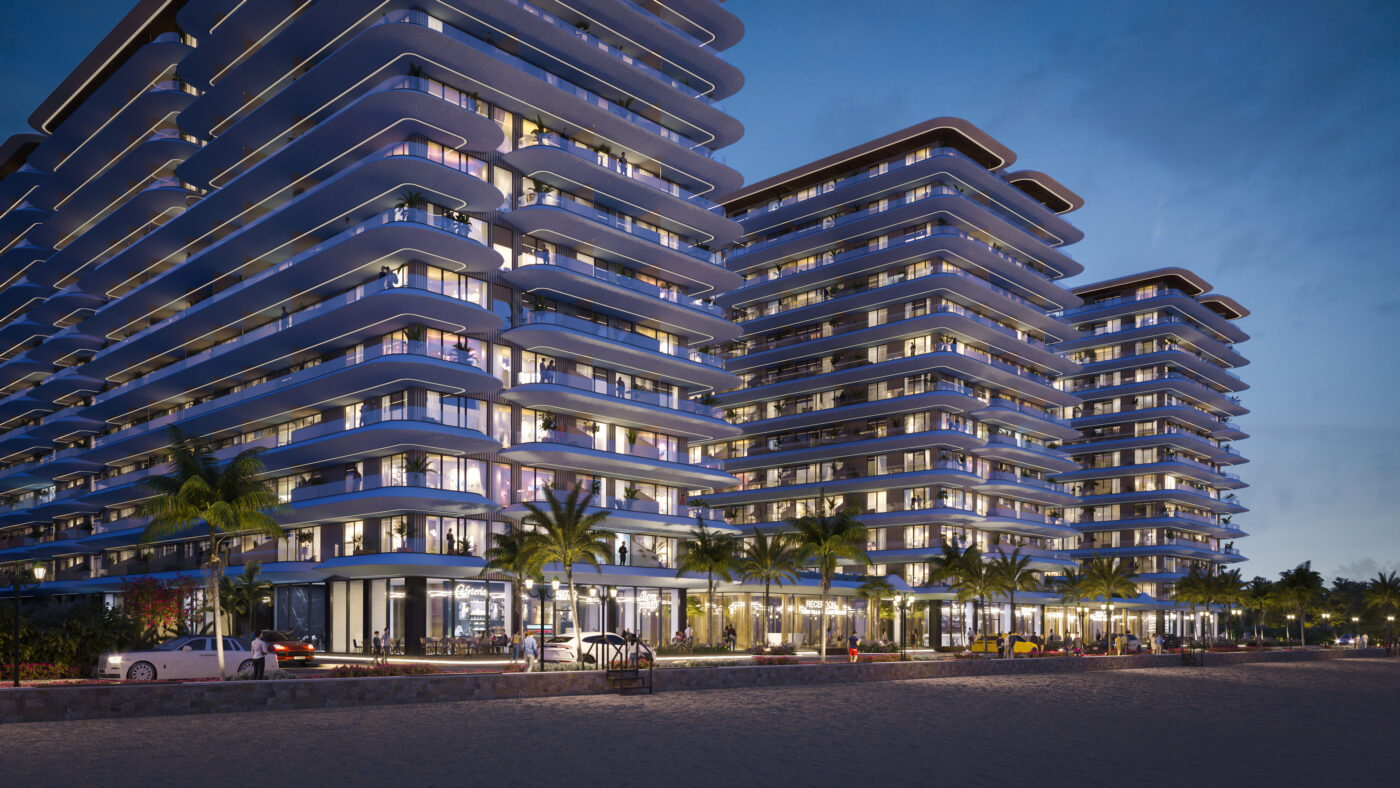Real estate is an aggressive industry; creating stunning renderings is essential for attracting potential buyers or investors. With the ever-evolving technology in real estate, renderings have become a necessity. They allow potential buyers or investors to visualize and get a feel for the property before it is constructed. In this article, we have discussed five Real Estate Rendering Tips for creating stunning real estate renderings that sell.
Tip 1: Choose the Right Real Estate Rendering Techniques
Table of Contents

Choosing the proper rendering technique is crucial for creating stunning real estate renderings. The three primary techniques available are 3D, photorealistic, and animation. Every technique has strengths and weaknesses, and choosing the one that suits your project’s needs is vital.
3D rendering is ideal for showing the layout and design of a property. It allows you to create a 3D model of the property and add textures and lighting to make it look more realistic. Photorealistic rendering, on the other hand, is best for creating authentic images showing every property detail. This technique can help potential buyers or investors visualize the property as if it were already built. Animation rendering is ideal for creating videos or walkthroughs that take potential buyers on a virtual property tour. This technique can help potential buyers or investors better understand the property and its layout.
Tip 2: Use the Right Software and Tools
Using the right software and tools is just as crucial as choosing the correct rendering technique. Various software programs are available for creating real estate renderings, such as 3ds Max, SketchUp, and Revit. Each program has its strengths and weaknesses, and choosing the one that suits your project’s needs is essential.
Furthermore, using the right tools can help you create stunning renderings. For instance, high-quality textures, lighting, and camera angles can significantly affect the final output. Textures can make the property look more realistic and inviting, while proper lighting can create a warm and inviting atmosphere that can make potential buyers or investors feel more at home. The camera angle can also make a significant difference in the final output. The right camera angle can highlight the property’s best features and make it more appealing.
Tip 3: Focus on Details and the Real Estate Visualization Best Practices

When creating real estate renderings, it is crucial to focus on details. Details can significantly affect the final output and help potential buyers or investors visualize the property better. You should focus on textures, lighting, landscaping, furniture, and decor.
For instance, adding high-quality textures can make the property look more realistic and inviting. Proper lighting can also create a warm and inviting atmosphere that can make potential buyers or investors feel more at home. Landscaping, furniture, and decor can also help potential buyers or investors visualize the property better and make it more appealing.
Tip 4: Keep It Simple

While it is essential to focus on details, it is equally important to keep the renderings simple. Too much detail can be overwhelming and detract from the property’s main features. Keeping the renderings simple and highlighting the property’s key features is crucial.
For instance, if the property has a stunning view, it is essential to highlight it in the renderings. If the property has a unique design or architecture, showcasing it in the renderings is necessary. Keeping the renderings simple can also make it easier for potential buyers or investors to visualize the property and make it more appealing.
Tip 5: Tell a Story

Finally, it is crucial to tell a story through real estate renderings. Potential buyers or investors want to visualize themselves living or investing in the property, and telling a story can help them do that. For instance, if the property is a vacation home, the renderings can showcase the property’s stunning views, amenities, and nearby attractions. By telling a story through the renderings, potential buyers or investors can imagine themselves relaxing and enjoying their time at the property.
In addition to telling a story, showcasing the property’s unique selling points is essential. For instance, if the property is energy-efficient, it is important to highlight this feature in the renderings. If the property has high-end appliances or finishes, showcasing them in the renderings is essential. By highlighting the property’s unique selling points, potential buyers or investors can see the property’s value and be more willing to invest.
Real Estate Rendering Dos and Don’ts
Now that we have discussed the tips for creating stunning real estate renderings, reviewing the dos and don’ts of real estate rendering is essential.

Dos: Tips for Effective Real Estate Visualization
1. Use High-Quality Images
High-quality images are essential when creating real estate renderings. Using low-quality images can make your renderings look unprofessional and unappealing. To develop high-quality photos, you must use the right software and tools to produce precise, sharp, and detailed images.
2. Use Realistic Textures
Using realistic textures is another essential factor in creating compelling real estate renderings. The textures you use should be practical and should reflect the materials used in the property. For instance, if the property has a brick exterior, you must use realistic brick textures in your renderings.
3. Use Proper Lighting
Lighting is an essential factor that can significantly affect the appeal of your renderings. Proper lighting can help you highlight the property’s key features and create a realistic and inviting environment. Make sure to use the appropriate lighting techniques that can bring out the best in your renderings.
4. Use Accurate Proportions
Using accurate proportions is essential when creating real estate renderings. The proportions you use should reflect the actual measurements of the property. Using inaccurate proportions can make your renderings look unrealistic and unprofessional.
Don’ts: Real Estate Rendering Mistakes to Avoid
- Don’t rely solely on the renderings to sell the property. The renderings should be used to supplement the property’s selling points.
- Don’t overdo the details. Too much detail can be overwhelming and detract from the property’s main features.
- Don’t use low-quality textures, lighting, or camera angles. Low-quality renderings can make the property look unappealing and turn potential buyers or investors away.
- Don’t make false claims or exaggerate the property’s features in the renderings. Potential buyers or investors can quickly lose trust in the property if the renderings are inaccurate.
Conclusion
In conclusion, creating stunning real estate renderings is essential for Creating Compelling Real Estate Visuals and attracting potential buyers or investors. By choosing the correct rendering technique, using the right software and tools, focusing on details, keeping the renderings simple, and telling a story, you can create high-quality renderings that sell.
Remembering the dos and don’ts of Real Estate Rendering Techniques, such as not relying solely on the renderings to sell the property, not overdoing the details, not using low-quality renderings, and not making false claims.
Incorporating these 3D Rendering Tips for Real Estate and keeping the dos and don’ts in mind can help you create real estate renderings that showcase the property’s best features and help potential buyers or investors visualize themselves living or investing in the property.

